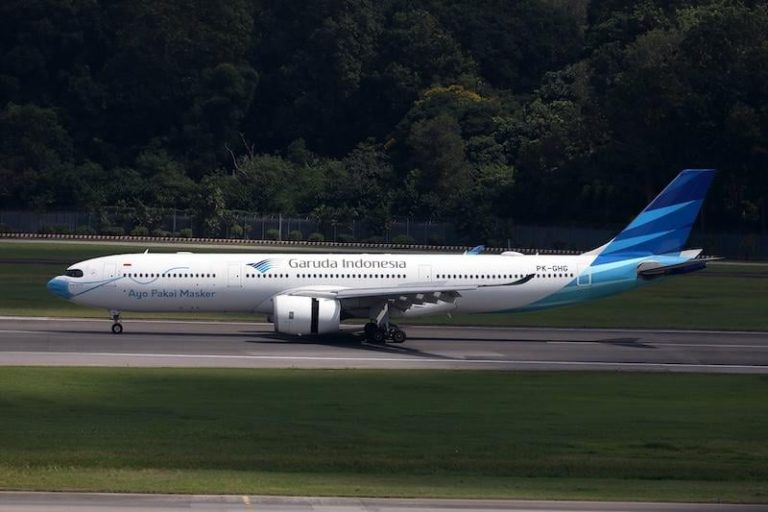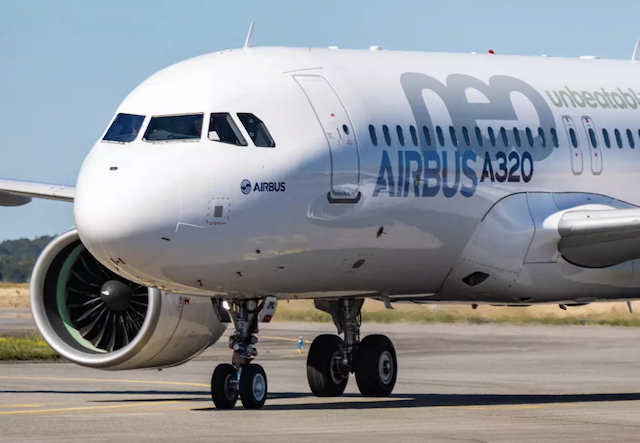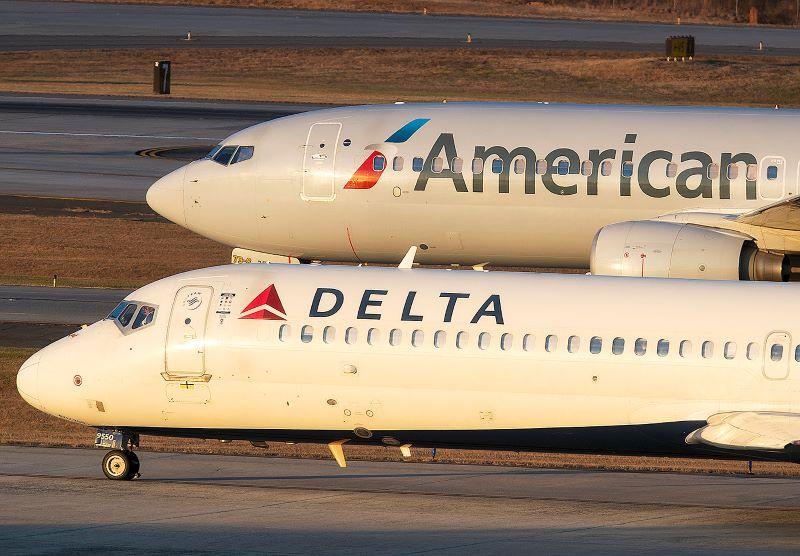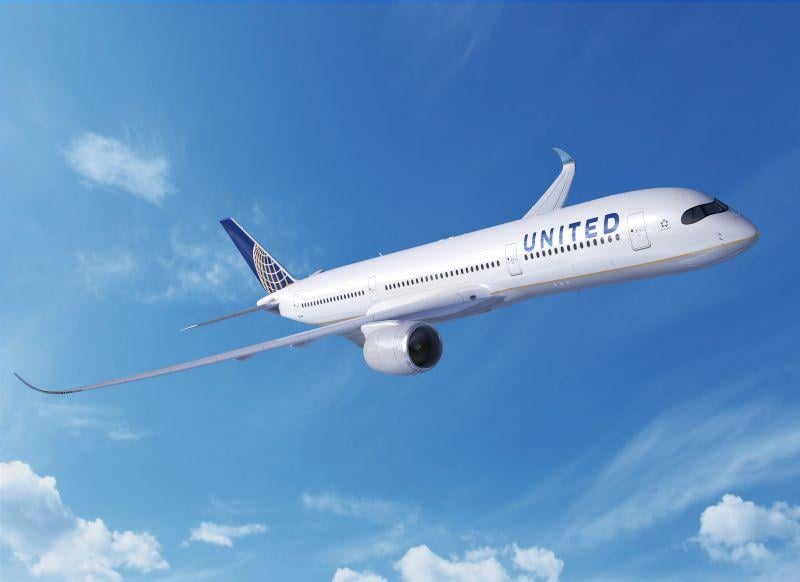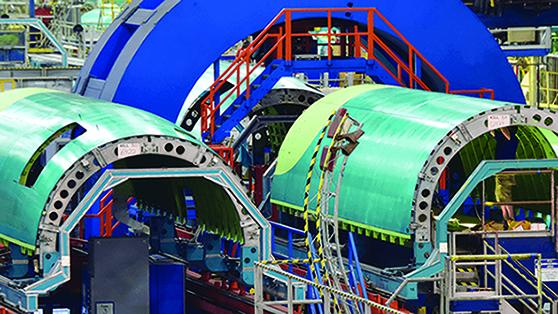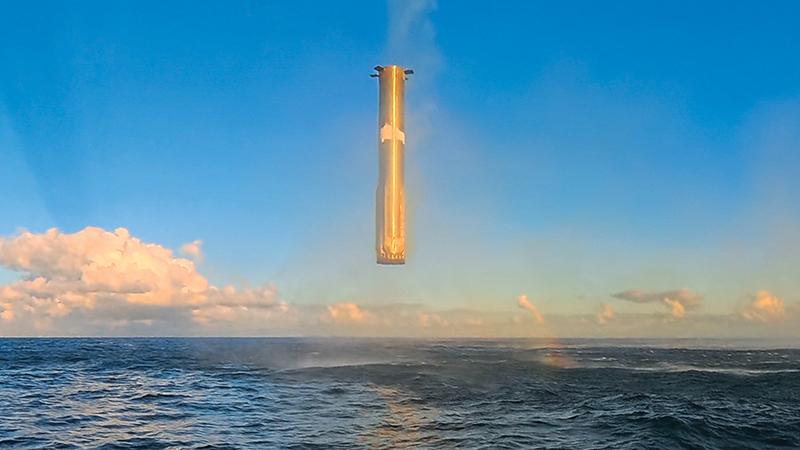Aviation Week Network analysts project manufacturers will deliver more than 9,000 new business jets worldwide over the next 10 years, an average of 900 a year and accounting for 77% of all business jet deliveries.
That’s according to a recently released Aviation Week 2026 Business Aviation Fleet & MRO Forecast for 2026-2035.
The forecast projects business jet deliveries will rise from an average of about 700 a year during the years from 2017-2025.
For turboprops, it projects deliveries to total 2,650 over the decade, accounting for 23% of business aviation deliveries, for a total of 11,729 business jet and turboprop deliveries valued at $289.9 billion during the 10-year period.
“The cautious development and introduction of new models into the market and high demand exhibited by solid book-to-bill ratios for legacy mainstay aircraft types has put aircraft manufacturers at the controls,” said Brian Kough, Aviation Week Network senior director for Forecasts and Aerospace Insights.
Business aviation deliveries have been robust, with manufacturers’ order backlogs extending out 18 to 24 months. That leaves manufacturers “in the driver’s seat as far as pricing,” he said. It also has added more viability to the pre-owned aircraft market.
However, maintenance, repair and overhaul costs, provider availability, supply chain and labor force issues are concerns, “with capacity desperately needed in certain sectors,” Kough said. “The issues are causing delays and angst in the market.”
Supply chain shortages, however, are keeping manufacturers from overproducing aircraft.
For one, “engine manufacturers are having a difficult time producing enough quantity,” he said, “so it’s tamping down production rates.”
The forecast projects new business aircraft deliveries to rise about 200 units per year compared to recent history with a “slight softening thereafter,” Kough said.
For the first nine months of 2025, manufacturers delivered 787 business aircraft, including 557 jets and 228 turboprops, compared to 751 in the first nine months of 2024 and 545 during the same period of 2000. Small business jet and large jet deliveries have grown the most with 178 large jets delivered during the first three quarters of 2025, compared to 147 in 2024 and 129 in 2000. Small jet deliveries for the same period totaled 227 in 2025, compared to 213 in the first nine months of 2024 and 166 in 2000.
By market segment moving forward, small jets are expected to make up the largest share of the business jet market over the next 10 years with 31% of the deliveries, followed by large and ultra-large jets with 24% of the market and mid-size and super mid-size jets taking 22%. The business aviation airliner market, meanwhile, is expected to comprise 0.1% of the market with turboprops at 23%.
The global in-service business aviation fleet is projected to grow to more than 35,730 aircraft in 2026, the first year of the forecast, to more than 40,500 by the end of 2035, with a 1.4% compound annual in-service growth rate.
Globally, North America is projected to remain the dominant market for business aviation, with expected deliveries of 69% of all shipments during the decade. Textron Aviation and Gulfstream products are expected to be the most popular of the deliveries into the region. Western Europe comes in second with 13% of deliveries, followed by Latin America with 10% and Asia Pacific at 3%.
By product, the forecast predicts Cirrus Aircraft’s SF50 VisionJet to head the list of top delivered business aircraft during the coming decade, followed by the Pilatus Aircraft’s PC-12 and the Embraer Phenom 300.
Retirements, meanwhile, are projected to total 6,500 during the 10-year period, with the top retirees to include Cessna Citation, Bombardier Learjet and Beechcraft King Air 90 aircraft. Retirements are expected to peak in 2035 with a projected 734.


